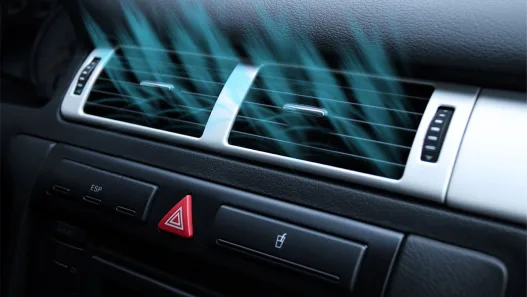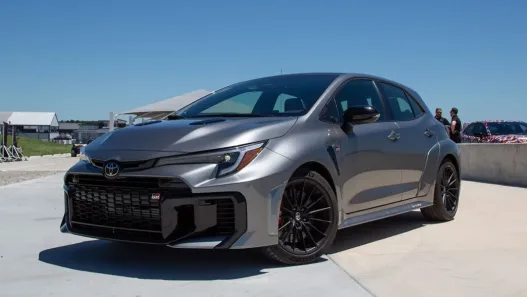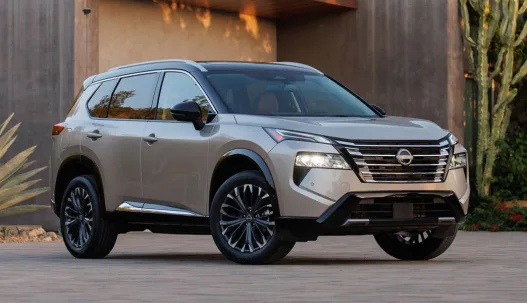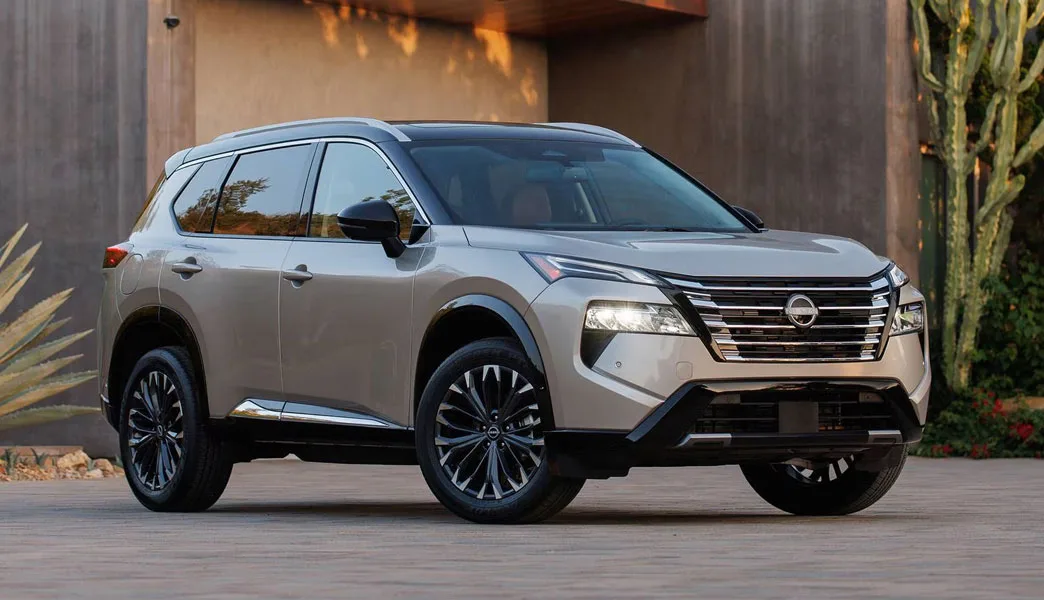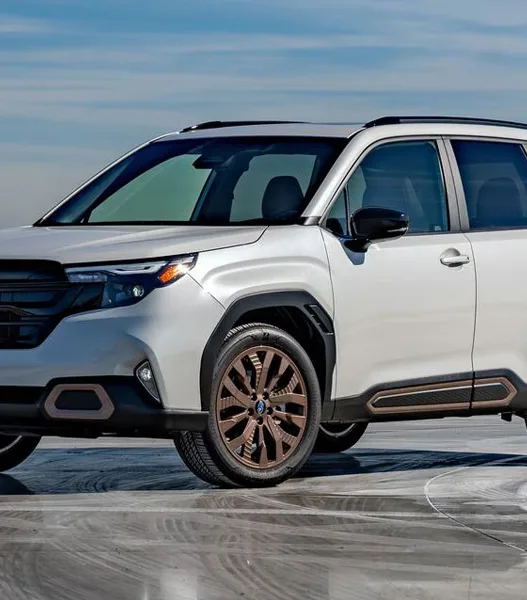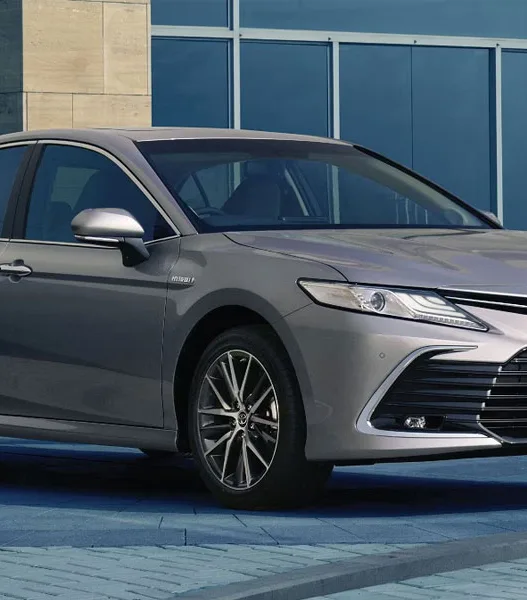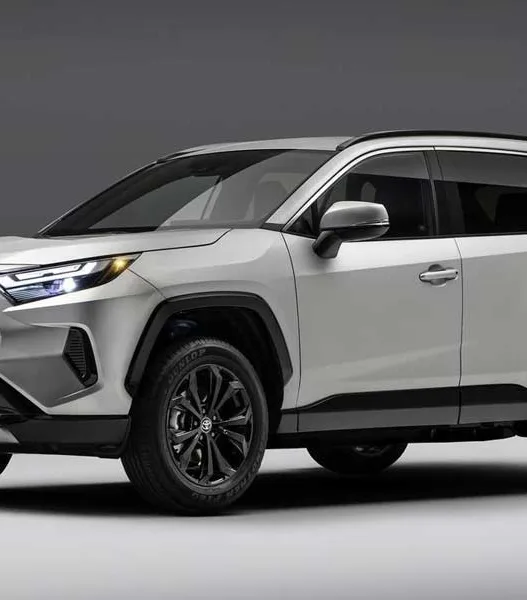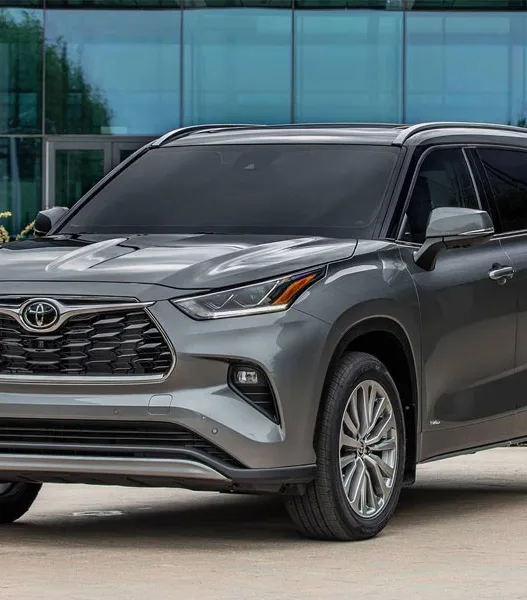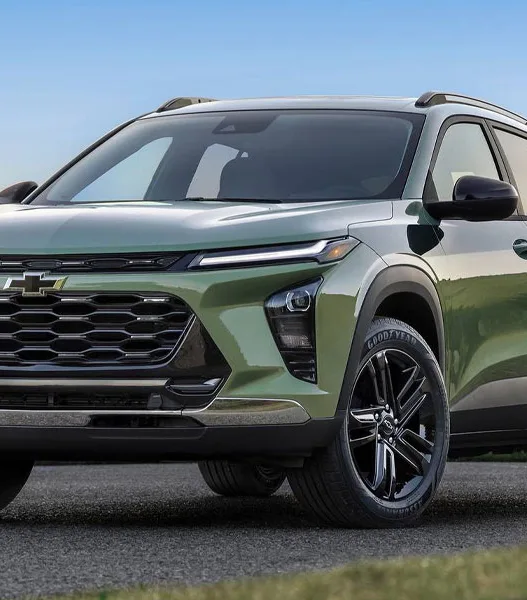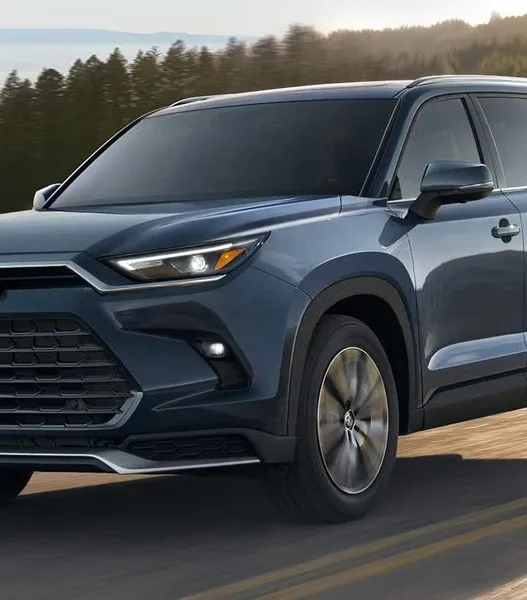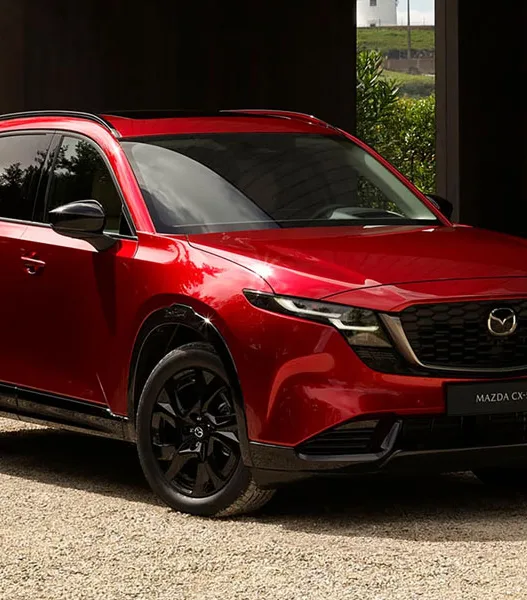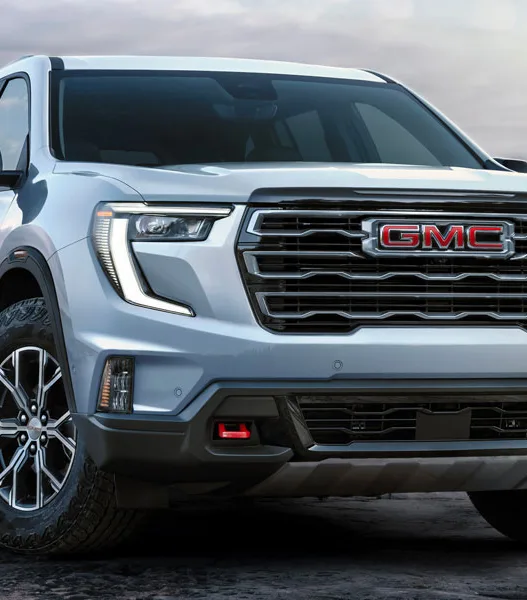Despite many SUVs constantly improving every year, Nissan Rogue hasn’t necessarily followed suit, by making disappointing mistakes in some of their model years.
While some model years shine with great performance and reliability, others have problems, such as a less powerful engine, transmission issues, electrical quirks, or poor interior quality. If you’re thinking of buying a Nissan Rogue, you must read this article.
Below, I’ve created a list of Nissan Rogue years to avoid. I’ll also mention the problems of each year, so you can have clarity, why you need to avoid them.
Nissan Rogue Red Flags: The Worst Years You Should Avoid
Year 2022-2025
- Less Power and Efficiency
- Engine Failure
- Sluggish Acceleration
- Noisy Cabin
Year 2016
- Leakage in the Cabin
- Transmission Trouble
- Trim and Paint Issues
Year 2014
- A/C Problems That Leave You Sweating
- Transmission Failure
- Infotainment system Freezing Randomly
Year 2018
- Inconsistent ProPilot Assist System
- Bad Transmission and Engine Performance
Year 2015
- Suspension and Steering Problems
- Faulty Blower Motor
- Poor Build Quality
Year 2008-2013
- Blower Motor Problems
- Transmission Troubles
- EVAP System Issues
- Crankshaft Position Sensor Failures
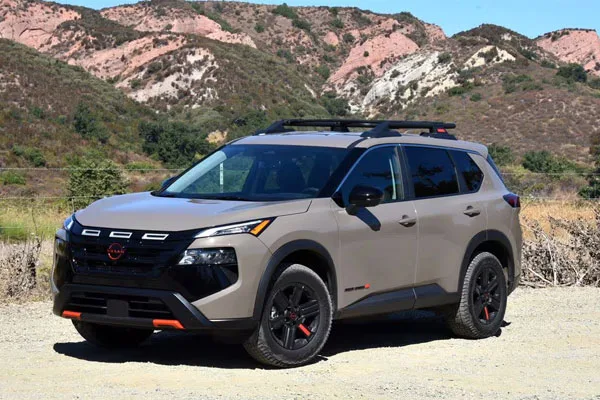
2022-2025 Nissan Rogue
1. Less Power and Efficiency
In the 2022-2025 model years, Nissan has replaced the 2.5-liter four-cylinder engine with a 1.5-liter turbocharged three-cylinder engine. Although this change is intended to enhance fuel efficiency, it affects dependability and power availability.
Many drivers have expressed dissatisfaction with the new engine, claiming that the original 2.5-liter engine performed more smoothly and consistently, especially on highways or when towing.
The smaller engine, even if turbocharged, may not always be adequate. Turbo lag, or the period between pushing the gas pedal and the engine responding, is most noticeable while merging onto highways or overtaking.
Paired with a continuously variable automatic transmission, this engine reaches Rogue 0-60 mph time in just 7.8 seconds, which isn’t bad, but it is only a 0.4-second improvement from its early models.
However, the engine also has its own set of issues. Many owners reported unsteady responses in everyday driving, a lagging reaction when pressing the gas pedal. One owner even complained about the engine hesitating at around 30 mph, and the initial acceleration tends to lose power quickly.
Moreover, these models’ fuel ratings stand at an impressive 30 mpg in the city and 37 mpg on highways. Unfortunately, these numbers decrease to 28 mpg city and 35 mpg highway with all-wheel drive.
Many owners have even reported barely touching 24 mpg on the highway. So, if you’re looking for more power and efficiency, you should explore other options.
2. Engine Failure
As we have already mentioned, the engine inside the 2022-2025 Rogue has its own set of issues. Many owners have frequently complained about its mechanical failures. Most complaints were about the power being reduced, causing the gas pedal to stop working.
I have done a little bit of research and found out that this problem dates back to the 2016 model, and it is still happening in the newest versions. Moreover, the throttle body of this model is also problematic.
The purpose of the throttle body is to control how much air gets into the engine by using a valve that rotates inside a tube-shaped housing. As reported by many drivers, a faulty throttle body caused their cars to lose power suddenly, and in some cases, it can get dangerous. Imagine you’re on a crowded highway and your car loses power out of the blue.
3. Sluggish Acceleration
The Nissan Rogue has always struggled with its continuously variable transmission. Though Nissan’s CVTs are designed to prioritize fuel economy and smoothness, the execution often disappoints many owners.
There were several complaints, including sluggish acceleration, a strange “rubber band” feel during gear shifts, and excessive noise under load. Even worse is the dependability issue. These transmission issues could lead to costly repairs from $4,000 to $5,000.
2022-2025 Nissan Rogue’s transmission should be a major red flag for anyone looking for a worry-free driving experience.
4. Noisy Cabin
Last but not least, many owners are also fed up with the noisy cabin while driving at high speed. It is a clear sign of poor soundproofing of the interior that allows for lots of road noise and other exterior disturbances to enter the cabin.
And when you’re on a long road trip with your family, a noisy cabin will turn your happy driving experience into a hectic one.
2022-2025 Model Specifications
| Engine Type | 1.5-liter Inline 3 cylinder |
| Base Engine Type | Gas |
| Valves | 12 |
| Horsepower | 201 hp at 5,600 rpm |
| Torque | 225 lb-ft at 2,800 rpm |
| Transmission | Continuously variable-speed automatic |
| Drivetrain Options | All wheel drive |
| Fuel Tank Capacity | 14.5 gal |
| Mileage | 28-35 miles per gallon |
| Seating Capacity | 5 passengers |
| Cargo Capacity | 31.6 cubic feet |
| Front Legroom | 41.5 inches |
| Rear Legroom | 38.5 inches |
| Safety Features |
|
| Infotainment and Connectivity |
|
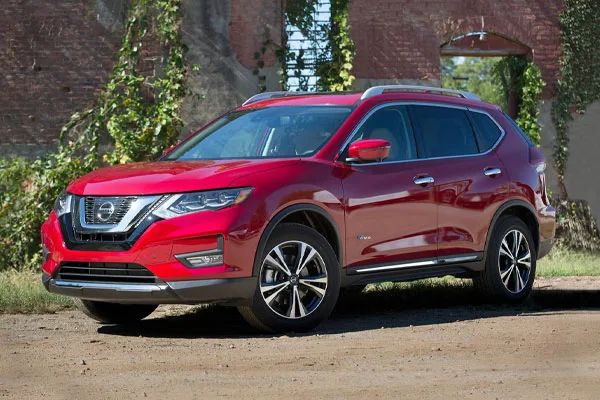
2018 Nissan Rogue
1. Inconsistent ProPilot Assist System
Nissan introduced this fancy ProPilot Assist system with the Rogue, aiming to make driving a bit more relaxing. Sounds awesome, right? But here’s the catch; it’s a bit inconsistent. While it’s got features like adaptive cruise control, lane centering, and steering assist, the execution just isn’t fully there.
Many owners even called it ugly, not because it’s completely useless, but because it feels half-baked. Sometimes the car tracks the one in front really well, smoothly adjusting speed and distance.
Other times, it might lose track altogether. And don’t even think about taking your hands off the wheel for too long, it’ll nag you quickly, but more importantly, it doesn’t quite hold the lane confidently. It bounces between lines like it’s not sure what it’s doing.
2. Bad Transmission and Engine Performance
The 2.5-liter 4-inline cylinder engine and continuously variable-speed automatic transmission combo is a major turn-off if you’re into spirited driving.
The powertrain doesn’t have that “oomph” you’d want when driving onto the highway or just having a little fun behind the wheel. For someone who enjoys the driving experience, that’s kind of a deal breaker.
2018 Model Specifications
| Engine Type | 2.5-liter Inline 4 cylinder |
| Base Engine Type | Gas |
| Valves | 16 |
| Horsepower | 170 hp at 6,000 rpm |
| Torque | 175 lb-ft at 4,400 rpm |
| Transmission | Continuously variable-speed automatic |
| Drivetrain Options | All wheel drive |
| Fuel Tank Capacity | 14.5 gal |
| Mileage | 25-32 miles per gallon |
| Seating Capacity | 5 passengers |
| Cargo Capacity | 32.0 cubic feet |
| Front Legroom | 43.0 inches |
| Rear Legroom | 37.9 inches |
| Safety Features |
|
| Infotainment and Connectivity |
|
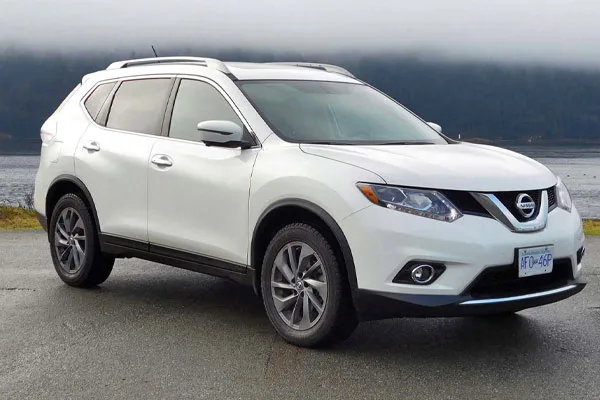
2016 Nissan Rogue
1. Leakage in the Cabin
One of the biggest red flags? Leaks. And not the minor kind you can shrug off. Many owners have reported rainwater making its way into the cabin, specifically onto the carpets and even in the trunk.
This is due to clogged sunroof drains, and while it’s been noted across 2014–2016 models, there’s surprisingly no recall for it.
2. Transmission Trouble
Things don’t get any better under the hood. Many owners have flagged some unsettling transmission issues, particularly with rough shifting and even stalling.
One of the 2016 Rogue’s owners shared his review on this issue. He said, “My car had problems shifting and needed the transmission serviced.” For a vehicle that’s meant to be your daily driver or road trip buddy, that’s a serious concern.
3. Trim and Paint Issues
You’d hope at least the Rogue would age well on the outside, but even there, it falls short. Some owners found the trim literally coming loose, like the front bumper refusing to stay flush.
Others reported premature paint fading and cracking. When your SUV starts looking weathered before its time, it’s a bummer for resale and curb appeal.
2016 Model Specifications
| Engine Type | 2.5-liter Inline 4 cylinder |
| Base Engine Type | Gas |
| Valves | 16 |
| Horsepower | 170 hp at 6,000 rpm |
| Torque | 175 lb-ft at 4,400 rpm |
| Transmission | Continuously variable-speed automatic |
| Drivetrain Options | All wheel drive |
| Fuel Tank Capacity | 14.5 gal |
| Mileage | 25-32 miles per gallon |
| Seating Capacity | 5 passengers |
| Cargo Capacity | 32.0 cubic feet |
| Front Legroom | 43.0 inches |
| Rear Legroom | 37.9 inches |
| Safety Features |
|
| Infotainment and Connectivity |
|
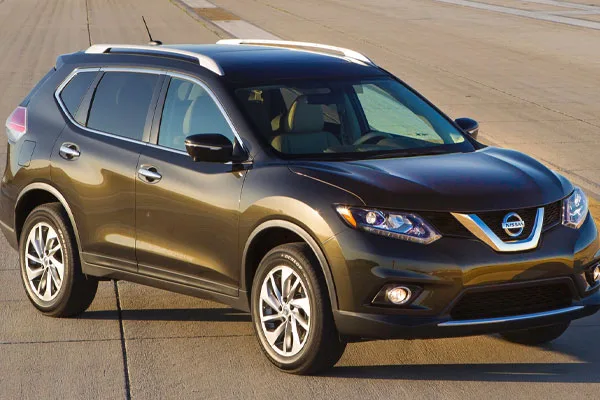
2015 Nissan Rogue
1. Suspension and Steering Problems
Many owners have flagged serious issues with the suspension and steering components in the 2015 Nissan Rogue. One owner reported, “Front tires extremely worn on the inside because alignment was out,” which could lead to costly tire replacements and potential safety concerns.
And this isn’t an isolated complaint. Another owner noted that, as with other Nissans they’ve owned, these components just don’t last as long as they should. So if you’re thinking long-term reliability, that’s already a red flag.
2. Faulty Blower Motor
The climate system in the 2015 Rogue also appears to have some problems. A faulty blower motor is a common gripe; sometimes it only worked on low speed, and eventually needed a full replacement.
Many owners have also complained about inconsistent heating. The driver’s side heat no longer works. On the other hand, the passenger side heat works perfectly, but not exactly what you want during the winter months.
3. Poor Build Quality
Nissan also seemed to cut a few corners when it came to body hardware. Owners have experienced problems with door sensors, fuel doors, and even headlamp covers.
Many complained about the door sensor being so sensitive, it would unlock the doors and turn on the interior lights just by leaning on it. However, some owners were annoyed that the fuel cap tether broke, something minor, sure, but definitely annoying.
There is also an issue with the headlamp cover, which will affect visibility, especially at night. A fogged-up headlight means less light on the road and more risk to you.
2015 Model Specifications
| Engine Type | 2.5-liter Inline 4 cylinder |
| Base Engine Type | Gas |
| Valves | 16 |
| Horsepower | 170 hp at 6,000 rpm |
| Torque | 175 lb-ft at 4,400 rpm |
| Transmission | Continuously variable-speed automatic |
| Drivetrain Options | All wheel drive |
| Fuel Tank Capacity | 14.5 gal |
| Mileage | 25-32 miles per gallon |
| Seating Capacity | 5 passengers |
| Cargo Capacity | 32.0 cubic feet |
| Front Legroom | 43.0 inches |
| Rear Legroom | 37.9 inches |
| Safety Features |
|
| Infotainment and Connectivity |
|
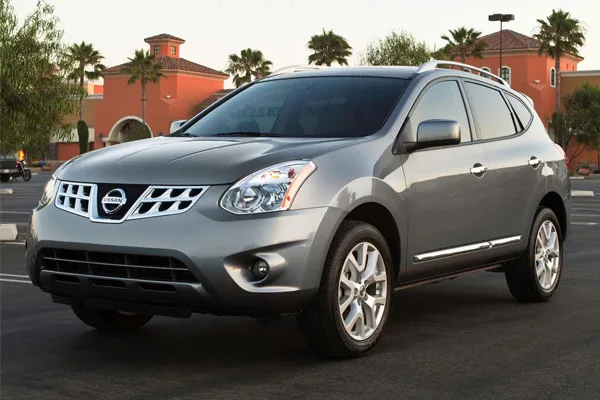
2014 Nissan Rogue
1. A/C Problems That Leave You Sweating
One of the biggest trouble spots with the 2014 Rogue is its climate system. Several owners have reported that the air conditioning either doesn’t cool effectively or breaks down entirely. Sometimes the A/C compressor failed during the summer heat, leaving the owner with an $800 repair bill.
Many owners have also complained about how the A/C was barely functioning and had to be set to the coldest level just to get any relief, despite regularly changing the cabin and air filters. To make matters worse, refrigerant leaks have also been reported, typically surfacing during the warmer months and requiring immediate fixes to restore basic comfort.
2. Transmission Failure
The transmission has been an even bigger pain point for many Rogue owners. Some have had to replace or rebuild the transmission entirely, a fix that can cost anywhere from $4,000 to over $6,000. In one particularly frustrating case, a family was told their engine needed to be replaced due to rough idling, but it turned out the real issue was dirty transmission fluid.
After flushing and replacing the fluid, the engine’s performance improved dramatically. However, many owners reported a total transmission failure just 5,000 miles past the warranty, with Nissan refusing to cover any of the $6,500 repair cost.
For a SUV that’s supposed to be dependable, issues like these are hard to justify.
3. Infotainment System Freezing Randomly
Tech problems also add to the frustration. Several owners have complained about the infotainment system freezing randomly. Sometimes restarting the car helps, but often it doesn’t, and even dealership technicians have struggled to fix the issue.
Some owners reported problems with the speaker wiring, leading to spotty sound and failed diagnostics. For a vehicle released in an age where reliable in-car electronics are expected, the Rogue’s system feels unfinished and unreliable.
2014 Model Specifications
| Engine Type | 2.5-liter Inline 4 cylinder |
| Base Engine Type | Gas |
| Valves | 16 |
| Horsepower | 170 hp at 6,000 rpm |
| Torque | 175 lb-ft at 4,400 rpm |
| Transmission | Continuously variable-speed automatic |
| Drivetrain Options | Front wheel drive |
| Fuel Tank Capacity | 14.5 gal |
| Mileage | 26-33 miles per gallon |
| Seating Capacity | 5 passengers |
| Cargo Capacity | 39.3 cubic feet |
| Front Legroom | 43.0 inches |
| Rear Legroom | 37.9 inches |
| Safety Features |
|
| Infotainment and Connectivity |
|
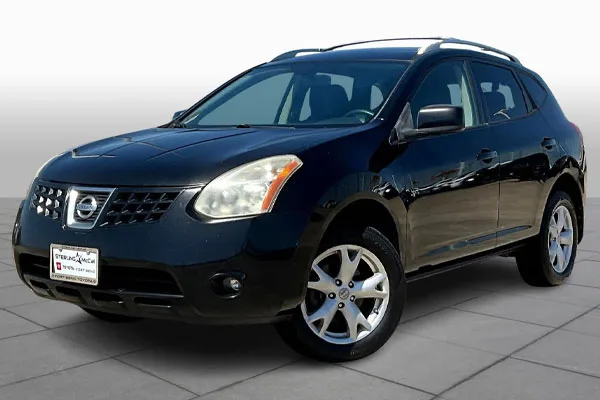
2008-2013 Nissan Rogue
1. Blower Motor Problems
One of the biggest issues with these Rogues is the blower motor. You might experience strange noises like squeaks, rumbles, or even a clicking sound. It can stop working altogether, making it pretty uncomfortable when you’re driving in less-than-ideal weather.
The blower motor is located right near the accelerator pedal, which means you’ll have to remove the pedal to access it, definitely not the easiest repair!
2. Transmission Troubles
Another big red flag is the CVT transmission. While these cars were designed with a Continuously Variable Transmission (CVT) for smooth driving, it can cause some serious issues if not maintained properly. You might find that when you try to drive away, nothing happens. No acceleration, no movement.
You could also feel strange vibrations or a lack of power when accelerating. Regular fluid changes can help, but this issue is something many owners have struggled with.
3. EVAP System Issues
The EVAP system is responsible for preventing fuel vapors from escaping into the atmosphere. In the 2008-2013 Rogue, the gas cap, EVAP vent valve, and canister can all go bad. If your check engine light comes on, it could be due to a loose or faulty gas cap, or a malfunctioning valve that needs replacing. If the vent valve is stuck open, it’ll let fuel vapors escape, which isn’t ideal for your wallet or the environment.
4. Crankshaft Position Sensor Failures
Another common issue is with the crankshaft position sensor. When this part goes bad, the vehicle may fail to start or stall while driving. In some cases, you might even notice rough running conditions or codes showing up in your diagnostic system. Replacing the sensor isn’t the most difficult job, but it can be a hassle if you’re not familiar with it.
2008-2013 Model Specifications
| Engine Type | 2.5-liter Inline 4 cylinder |
| Base Engine Type | Gas |
| Valves | 16 |
| Horsepower | 170 hp at 6,000 rpm |
| Torque | 175 lb-ft at 4,400 rpm |
| Transmission | Continuously variable-speed automatic |
| Drivetrain Options | Front wheel drive |
| Fuel Tank Capacity | 15.9 gal |
| Mileage | 22-27 miles per gallon |
| Seating Capacity | 5 passengers |
| Cargo Capacity | 28.9 cubic feet |
| Front Legroom | 42.5 inches |
| Rear Legroom | 35.3 inches |
| Safety Features |
|
| Infotainment and Connectivity |
|
From 2008 to 2025: Nissan Rogue Generations Compared
| Specifications | 2008–2013 | 2014 | 2015 | 2016 | 2018 | 2022–2025 |
|---|---|---|---|---|---|---|
| Engine Type | 2.5-liter Inline 4-cylinder | 2.5-liter Inline 4-cylinder | 2.5-liter Inline 4-cylinder | 2.5-liter Inline 4-cylinder | 2.5-liter Inline 4-cylinder | 1.5-liter Inline 3-cylinder Turbocharged |
| Base Engine Type | Gas | Gas | Gas | Gas | Gas | Gas |
| Valves | 16 | 16 | 16 | 16 | 16 | 12 |
| Horsepower | 170 hp at 6,000 rpm | 170 hp at 6,000 rpm | 170 hp at 6,000 rpm | 170 hp at 6,000 rpm | 170 hp at 6,000 rpm | 201 hp at 5,600 rpm |
| Torque | 175 lb-ft at 4,400 rpm | 175 lb-ft at 4,400 rpm | 175 lb-ft at 4,400 rpm | 175 lb-ft at 4,400 rpm | 175 lb-ft at 4,400 rpm | 225 lb-ft at 2,800 rpm |
| Transmission | Continuously Variable-Speed Automatic | Continuously Variable-Speed Automatic | Continuously Variable-Speed Automatic | Continuously Variable-Speed Automatic | Continuously Variable-Speed Automatic | Continuously Variable-Speed Automatic |
| Drivetrain Options | Front-Wheel Drive | Front-Wheel Drive | All-Wheel Drive | All-Wheel Drive | All-Wheel Drive | All-Wheel Drive |
| Fuel Tank Capacity | 15.9 gallons | 14.5 gallons | 14.5 gallons | 14.5 gallons | 14.5 gallons | 14.5 gallons |
| Mileage (MPG) | 22 city / 27 highway | 26 city / 33 highway | 25 city / 32 highway | 25 city / 32 highway | 25 city / 32 highway | 28 city / 35 highway |
Will the Upcoming Nissan Rogue 2026 Be Worth Purchasing?
The 2026 Nissan Rogue is generating a lot of excitement for its upcoming changes, particularly with the introduction of hybrid options that could make it a standout in the compact SUV market. Nissan is planning to offer both plug-in hybrid (PHEV) and e-Power hybrid models, which will give buyers more choices depending on their driving needs.
The plug-in hybrid version will likely use a 2.4-liter gasoline engine paired with electric motors, delivering an estimated 248 horsepower. This setup is expected to provide an electric-only range of around 38 miles, similar to the Mitsubishi Outlander PHEV, from which it borrows technology.
This could make it an attractive option for those looking for an SUV with lower fuel consumption and fewer trips to the gas station. On the other hand, the e-Power hybrid, which relies solely on a gasoline engine to generate electricity for an electric motor, will likely offer a quiet and responsive driving experience, and it’s expected to arrive a little later, between 2026 and 2027.
For those considering the standard 2026 Rogue, it comes with a turbocharged 1.5-liter three-cylinder engine producing 201 horsepower, paired with a continuously variable transmission (CVT). This engine delivers a smooth and efficient ride, suitable for daily driving and longer trips alike.
Fuel efficiency for the regular model is impressive, with estimates reaching up to 30 mpg in the city and 37 mpg on the highway for front-wheel-drive models, with slightly lower figures for all-wheel-drive versions. The Rogue’s performance and efficiency make it a solid choice for those who want a compact SUV without compromising on fuel economy.
In conclusion, the 2026 Nissan Rogue appears to be a promising option for anyone looking for a versatile, efficient compact SUV. The addition of hybrid models gives buyers more flexibility, and the improved tech and safety features make it a strong contender in the crowded SUV market.
However, as with any new model, it’s best to wait for official reviews and full specifications before making a final decision. Overall, if you’re interested in a vehicle that blends efficiency, technology, and comfort, the 2026 Nissan Rogue might just be worth the wait.
Wrapping Up
I hope you’re satisfied with the list of Nissan Rogue years to avoid. The Rogue has definitely carved out a solid spot in the compact SUV world, but like any vehicle, it’s had its rough patches. I always say it’s better to go in with eyes wide open, especially when you’re investing your hard-earned money into a ride you’ll depend on daily.
If you’re seriously considering a Rogue, I’d highly recommend aiming for the more reliable years and skipping over the ones known for transmission woes or tech troubles. A bit of research now can save you from a lot of headaches later.
Frequently Asked Questions
1. What Nissan Rogue Years Should I Avoid?
You should avoid the 2008-2013, 2014, 2015, 2016, 2018, and 2022-2025 models due to common issues with transmission, electronics, and build quality.
2. Why is the 2008 Nissan Rogue Considered Unreliable?
The 2008 model is known for early CVT transmission failure, high repair costs, and frequent complaints about poor ride quality and electrical problems.
3. Is the CVT Transmission a Major Issue in Older Rogues?
Yes, especially in models made between 2008 and 2014. Many owners reported premature CVT failure, which is expensive to repair or replace.
4. Can I Still Buy a Rogue From One of the "Bad" Years If It's Cheap?
You can, but be cautious. Have it thoroughly inspected and be prepared for potential transmission repairs, which can be costly.
5. What are Some Reliable Alternatives to the Nissan Rogue?
Consider options like the Honda CR-V, Toyota RAV4, Mazda CX-5, or Subaru Forester. These models have stronger reliability records.




